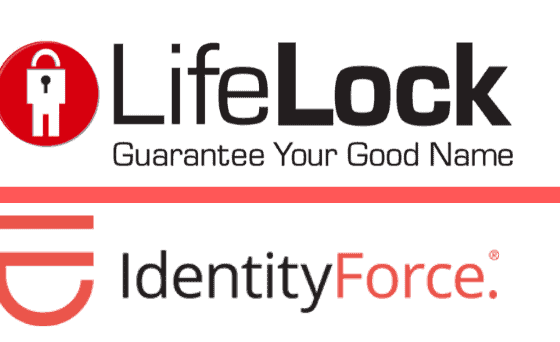We live in an age where fraud surrounds us. Most of the time we don’t even know that we are susceptible to certain types to fraud and so we do not protect ourselves with the right measures. This year alone 15,000 SMEs (Small and Medium Enterprises) have fallen victim to corporate identity fraud – resulting in devastating financial consequences. This article is to give you a heads up on how to protect your business, keeping corporate identity fraud at bay.
The Shocking Truth of Corporate Identity Fraud
The most common corporate identity fraud sting which has been conducted throughout SMEs is when a criminal applies for a company credit or debit card for themselves – or fraudulently orders goods on the company account. Targeted companies believe that, sadly, the criminals who conduct these crimes are actually directly or indirectly linked to the company– being a previous employee or an associate. Lapses in SMEs internal data security and a lack of compliance with the Data Protection Act 1988 contribute towards this type of fraud.
The method to create this kind of fraud is simple. To create a ‘legitimate claim’, fraudsters can change the office address by submitting a false AD01 change of address form to Companies House. The unbelievable truth is that Companies House does not even check the validity of these bogus submissions, leaving many SMEs completely open to being victims of corporate identity fraud. On top of this, directors and company secretaries are not even contacted when these details are being, or have been, changed – allowing the fraudster to work completely in the shadows without anyone noticing. The majority of us are completely unaware of this loophole, leaving SMEs completely vulnerable.
Act Now
Companies House statistics reveal that just over a million SMEs are now a part of the ‘Companies House Protected Filing (PROOF) Scheme. Even though that might seem like a large number, it proportionately leaves the greater half of registered SMEs unrepresented (just over 1.4 million). The PROOF scheme provides SMEs with a basic protection against corporate identity fraud, stopping the fraudulent change of registered office addresses and also the changing of director or company secretary. This is the first step SMEs can take towards into protecting their own assets. However, there are other precautions which must be taken to fully protect your business against fraud.
There are 3 main points with handling ‘company sensitive information’ which are key in the process of preventing fraud. These points may seem like common sense, but more often than not are ignored. One. An obvious rule but often not followed, is to limit access to ‘company sensitive information’ to only key employees – this narrows down potential suspects and minimizes the risk. Two. Make sure company sensitive information is securely stored, being only transferred using encryptions and passwords in case it is delivered into the wrong hands. Three. Always ensure that company staff are never able to remove company sensitive documents from the office.
Another great countermeasure against fraud is to sign up with a Corporate Identity Theft Protection policy. This is an intelligent measure into protecting business even further, giving you greater security against fraud towards your SME. Also take an astute approach towards Companies House, submit all of your papers online (PROOF) and subscribe to the alert system which notifies your business when changes to your company details have been made. More information on Companies House can be found at www.companieshouse.gov.uk.
By following all of these simple countermeasures against corporate identity fraud you will be significantly reducing the risk of fraud against your business quick and effectively.





